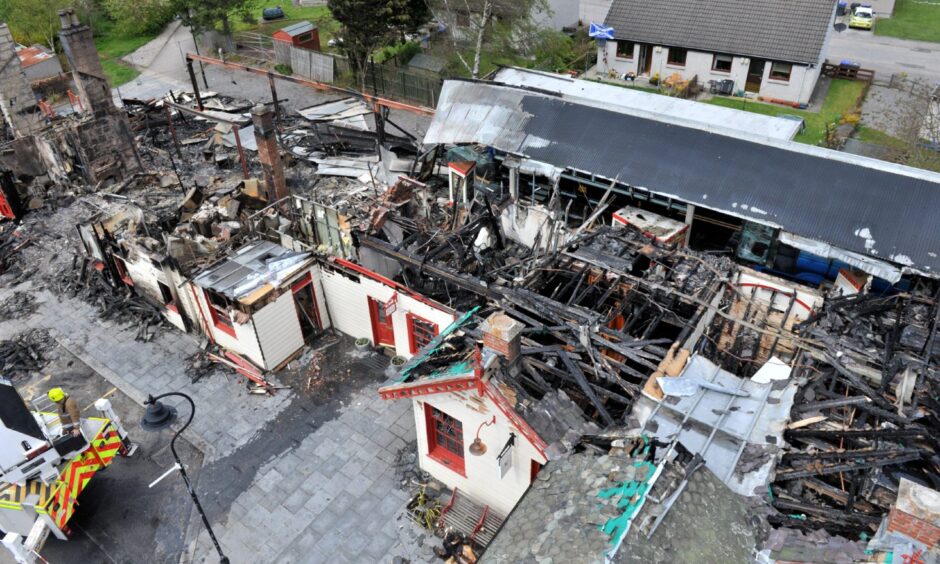
There’s something about Ballater Station that embodies the beguiling glory days of steam – stepping inside is a step back in time.
But this railway heritage was nearly lost forever when a ferocious fire razed most of the building to the ground 10 years ago.
While its royal links, community spirit and a dose of nostalgia undoubtedly helped, it largely owes its survival to Aberdeenshire Council – both in the aftermath of Beeching and the 2015 blaze.
Join us as we tell the full story of the remarkable Ballater Station, from its somewhat controversial beginnings to the star of the Deeside village it is today…
Ballater Station opened despite Queen Victoria’s objection
Ballater Station opened as an extension of the Deeside line on October 17 1866.
The 27-mile line would continue the Deeside Railway from Aboyne into the heart of the Cairngorms.
Its royal patronage meant it had one of the longest platforms in Scotland to accommodate the royal train.
But plans were nearly halted entirely when Queen Victoria personally objected to the scheme.
She rather enjoyed the seclusion of Balmoral and didn’t want filthy steam trains full of the public on her doorstep.
But an agreement was reached whereby the railway would go no further than Bridge of Gairn, a mile north of Ballater.
Station badly damaged by Great Storm of 1953
Although the new station was open, Queen Victoria initially continued to use Aboyne Station.
In November 1866, the royal train was waiting for her at Ballater, but instead she travelled by horse and carriage to Aboyne and boarded the train from there.
But short of its centenary, rumours arose of the station’s closure long before Beeching cast his eye over it.
British Railways closed Drum Station between Culter and Park in 1951 citing falling passenger numbers due to competition with buses.
And disaster struck when Ballater Station was badly damaged during the Great Storm of January 1953.
So, in February 1953, the Evening Express put a spotlight on Ballater Station to find out why it should be saved.
Beautiful Ballater was one of British Railways’ ‘model stations’
Ballater long had an ‘outstanding’ reputation for being beautifully kept, winning prizes for its platform gardens.
It was described as “a model station”, and that Aberdeen “could take note”.
Inside it was just as well groomed with a welcoming fire in the refreshment room, while the cosy men’s waiting room was carpeted, with “colourful” pictures on the walls.
The proud stationmaster explained staff regularly washed down the wooden station so it was always picture perfect.
Was the station’s care for the benefit of the royals?
Not according to the tea girl, who candidly told the EE: “Oh my goodness no; they never come in here.
“Their train pulls up, and they walk straight across the platform into the car for Balmoral.”
After years of speculation, axe fell on Ballater Station in 1966
But one room at Ballater Station entrance was nearly always locked – the Royal Waiting Room.
It was described as “a magnificent little parlour with carpets and soft leather arm chairs”.
“We always have it ready, just in case,” the stationmaster explained, adding a little regretfully, “but it is never used”.
Sadly, passenger numbers continued to dwindle and little over 10 years later, the line was axed by Beeching.
By contrast, its final day on February 28 1966 saw the station busier than it had been since the arrival of wartime evacuees.
Ballater Station closed 100 years after it opened, with the P&J reporting; “The lights in the signal cabin went out, the lights in the station went out, the doors were closed and everyone went home, leaving the silent station to its ghosts.”
Station under threat of demolition in 1975
Within years, the once-pristine station, that was the pride of the Deeside line was going to ruin.
In 1972, British Rail was condemned for the untidy and derelict state of its abandoned stations, with special mention given to Ballater and Peterhead.
The former was described as “a blot on beautiful Ballater”.
The station was still languishing in 1975 when a public meeting was held to discuss demolition or development.
There was shock when the community association moved to demolish the station.
Local hotelier Colonel Charles Napier argued: “You destroy it and you destroy something that belongs to Ballater – you will never replace what you condemned to death.”
Council came to the rescue of dilapidated buildings
But the council erred on the side of heritage, and had the old station restored as its rent office and tourist information.
Pensioner John Smith ran the tourist information from the same room he’d worked in for 36 years as a railway porter.
The council offices were in the former royal waiting room, complete with gilt detailing on walls, and etched glass bearing elaborate regal symbols.
Queen Victoria’s plush loo, however, had been sold by the council to the neighbouring Loriston Hotel.
In May 1979, a restaurant was opened in the station by Alice Cooper (a local woman, not the rockstar).
The council made the roof watertight, while Alice renovated the inside herself retaining the marble fireplace and other period features.
Station was restored to former Victorian glory in 2002
By the 1990s the station was also home to a hairdresser, but in 1993 there were short-lived calls to reinstate the railway itself.
So many bridges had been demolished and the line had been absorbed into agricultural land in parts, the cost was insurmountable.
Instead the council pressed ahead with the revamp of the station and surrounding square.
In April 2001, after being restored to its former Victorian glory the station reopened as the Old Royal Station, a visitor attraction with shops and a restaurant.
The jewel in the crown was the exact replica of Queen Victoria’s carriage.
The handmade piece was the idea of the then-Prince Charles during a visit to Ballater, and it was craned into place in 2008.
Historic landmark was engulfed by ferocious fire in early hours
When a devastating fire broke out at the station on May 12 2015, the carriage was about all that could be saved.
At about 1.56am that day, fire crews were confronted by a fierce inferno that had completely engulfed the landmark.
The historic wooden building proved to be like a tinderbox for hungry flames.
It took 50 fire fighters, five pumping engines and five specialist appliances around three hours to bring the blaze under control.
A confectionery shop, photography business, tourist information centre, restaurant and the village’s railway museum were significantly damaged.
Photographer Amy Muir could only watch in horror as her equipment and livelihood went up in flames.
Aberdeenshire Council vowed to restore station for community
In the immediate aftermath, as the building’s charred remains smouldered, there were doubts the station could be salvaged.
Reports suggested 95% of the structure had been destroyed and it would be a case of starting from scratch rather than rebuilding.
While quick-thinking firefighters managed to save Queen Victoria’s carriage, it was described as a “small consolation” by those involved in the station’s 2002 renovation.
But the Station Restaurant, where the fire was found to have started accidentally, was completely ruined.
VisitScotland, which ran the museum, was left counting the costs of irreplaceable artefacts which had gone up in smoke along with the fabric of the building.
Recognising it as the “centrepiece” of the village, Aberdeenshire Council quickly vowed to restore the B-listed building, with a large input from King Charles’ charity The Prince’s Foundation.
Original artefacts helped inform £3m restoration project
Work to demolish unsalvageable parts of the building began in September and the council committed to a £3 million revamp with architects Halliday Fraser Munro at the helm.
The landmark was to become a community facility featuring a VisitScotland information centre, public library and restaurant.
The ambitious plans received Historic Environment Scotland approval, which also offered £107,500 towards the restoration.
Work began in February 2017 with construction firm Morgan Sindell carrying out the project, and the first major milestone was reached that July when the royal carriage was reinstated.
And there was joy when retired joiner Ian Hepburn revealed four original panels he had been tasked with removing from the station during work in the early 1970s.
Despite being told to skip them, Ian stored them for 40 years, and their discovery helped piece together that particular part of the station.
Heart of Ballater restored in 2018 after painstaking project
History was once again the informant when it came to painting the station near its completion.
The public voted to restore the station to its green and cream British Railways livery after a photograph was unearthed showing its original hues.
Just over three years from start to finish, the new, old Ballater Station reopened in August 2018 after a painstaking transformation.
Continuing the royal link, part of the new-look station included a tearoom run by the Prince’s Foundation, now the Rothesay Rooms.
There was jubilation as the ribbon was cut declaring the station open – the seemingly impossible had been achieved.
The heart of Ballater had been restored.
If you enjoyed this, you might like:
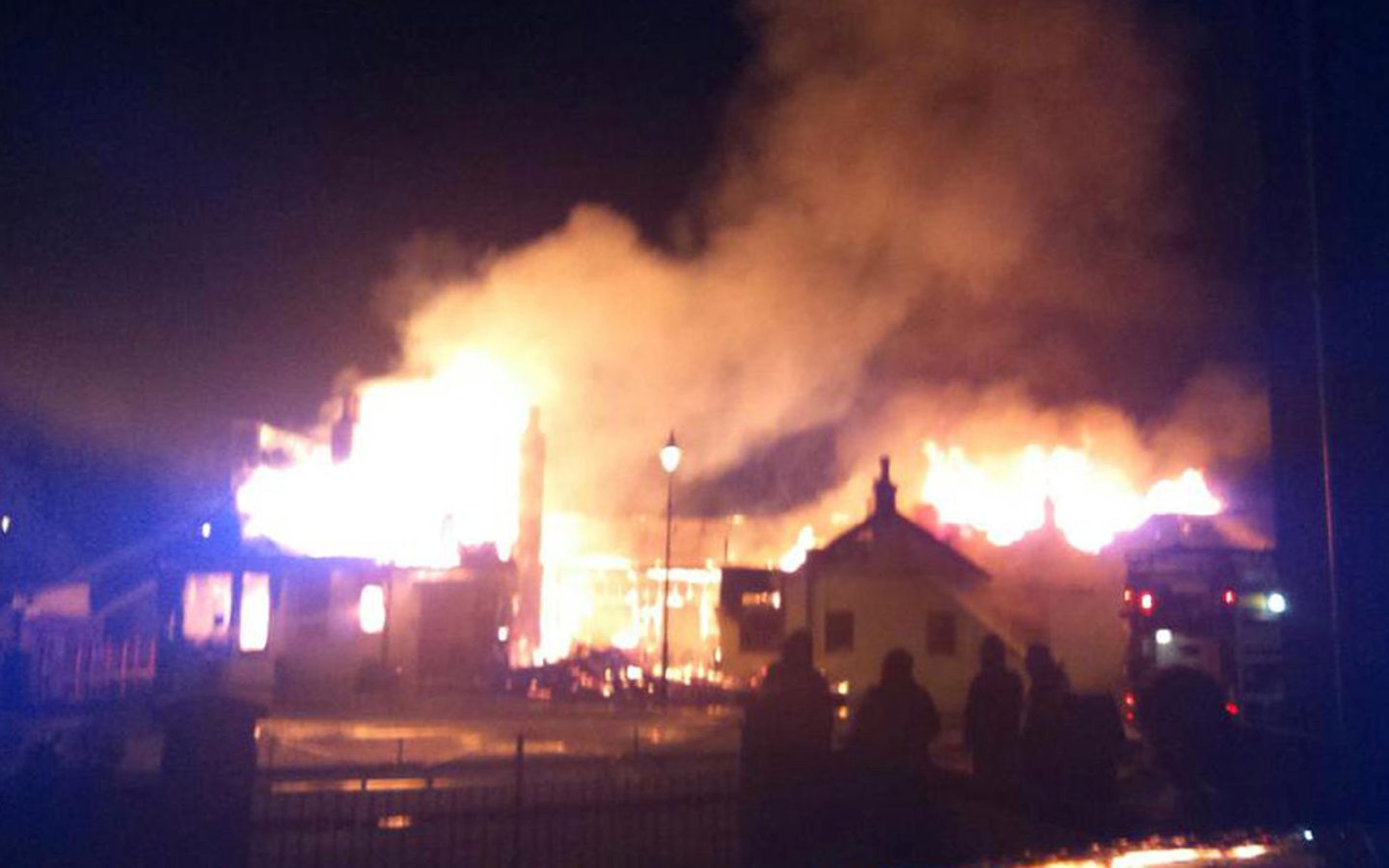
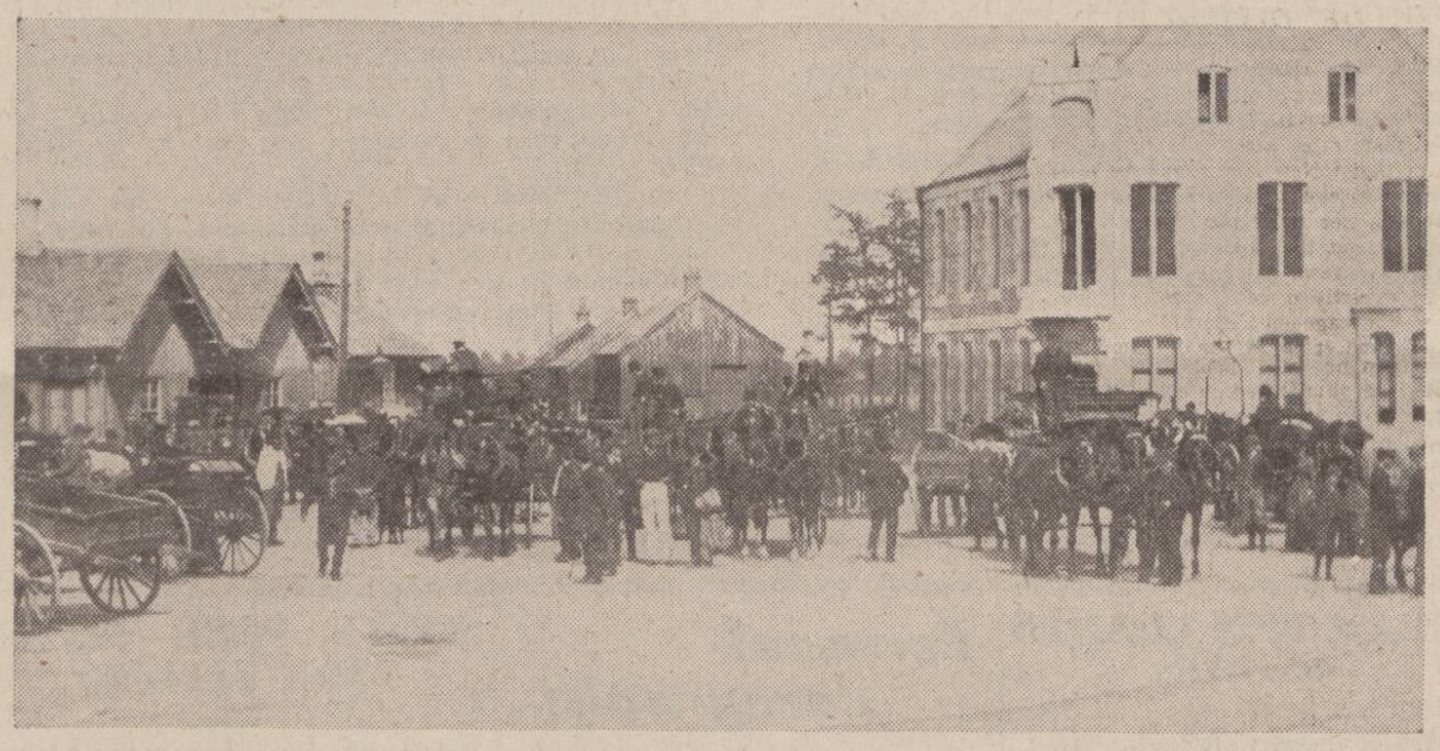
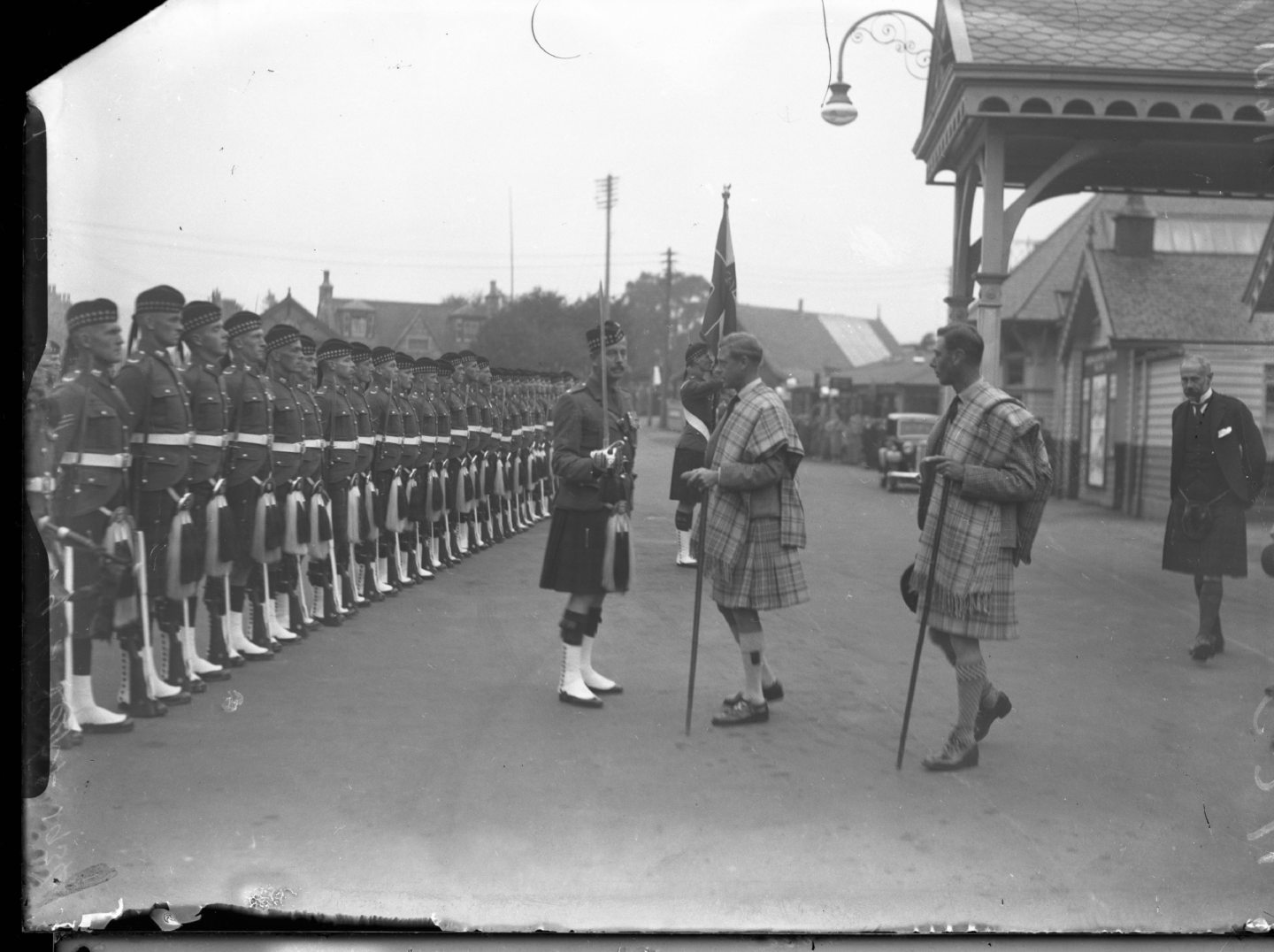
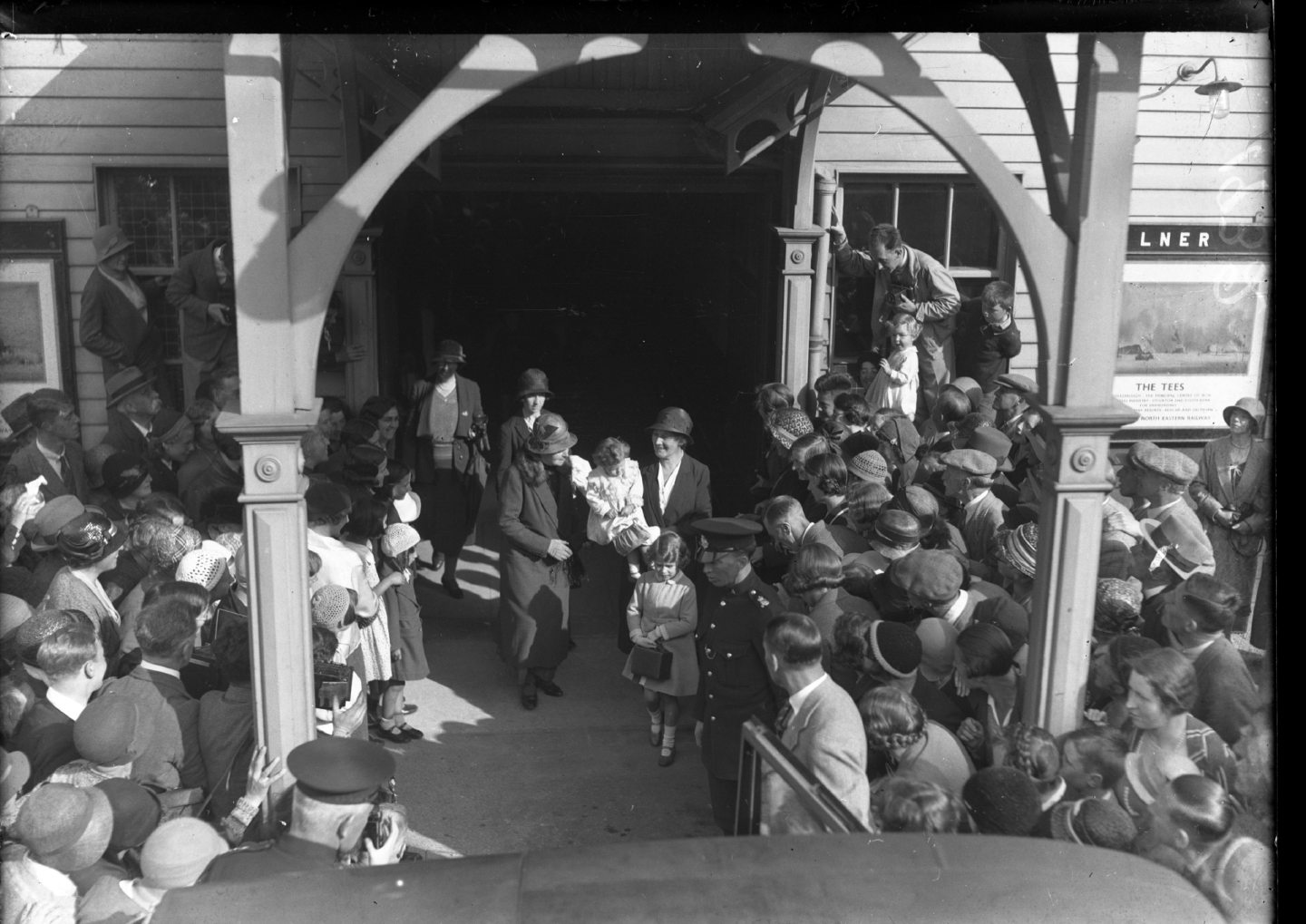

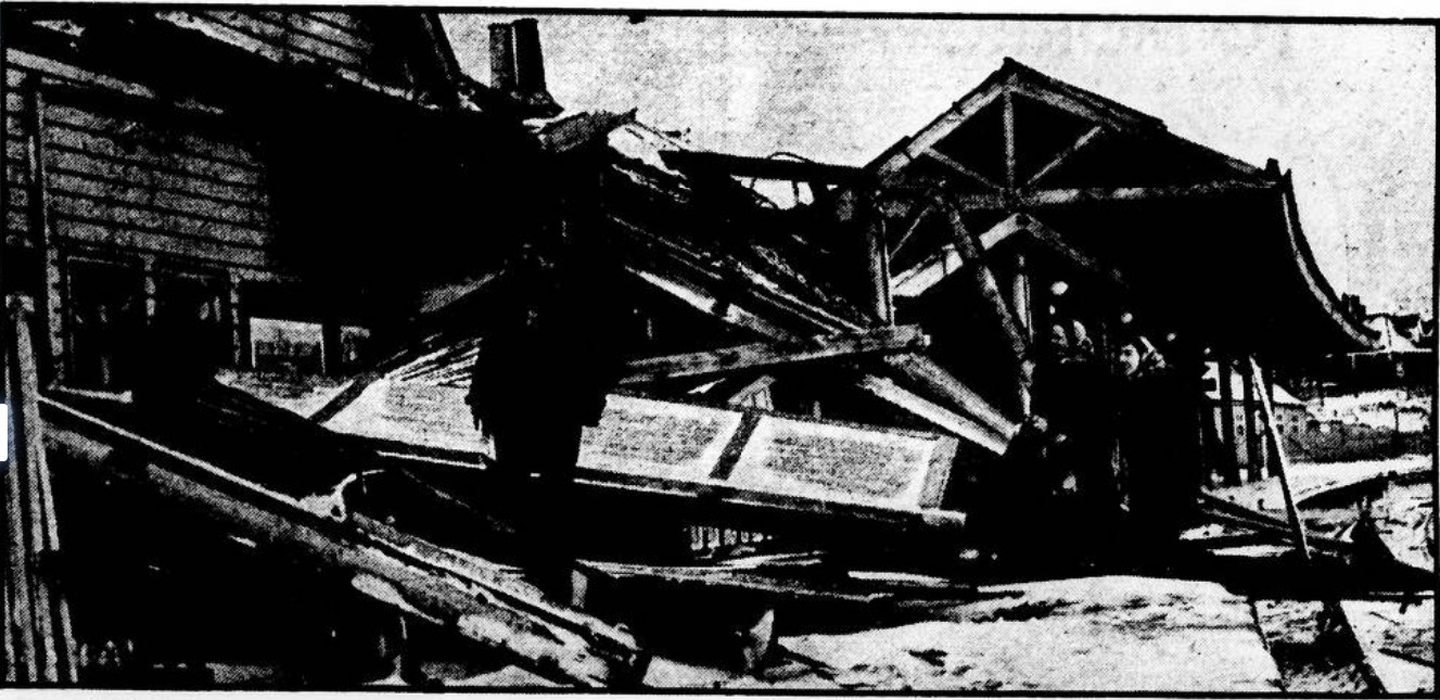
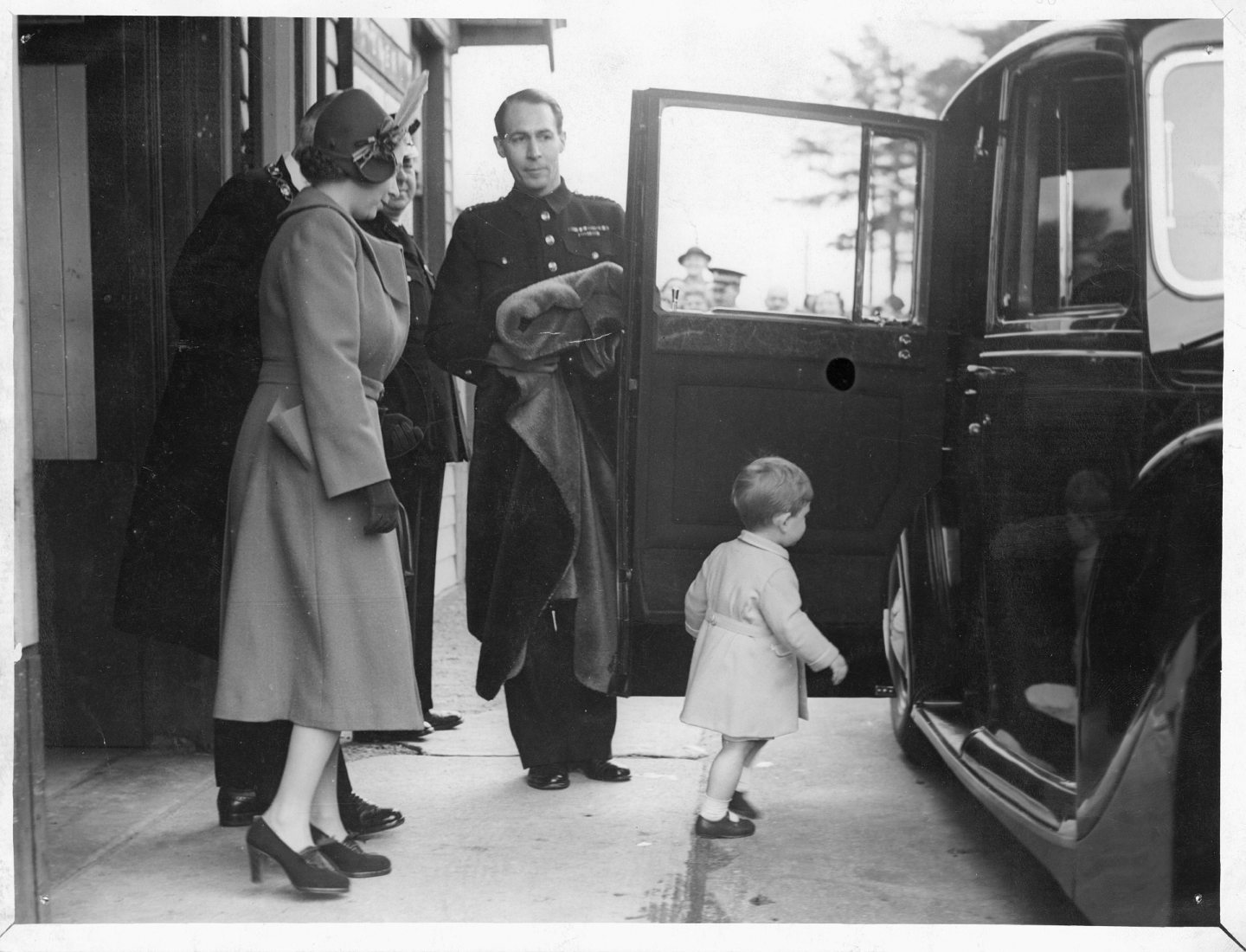
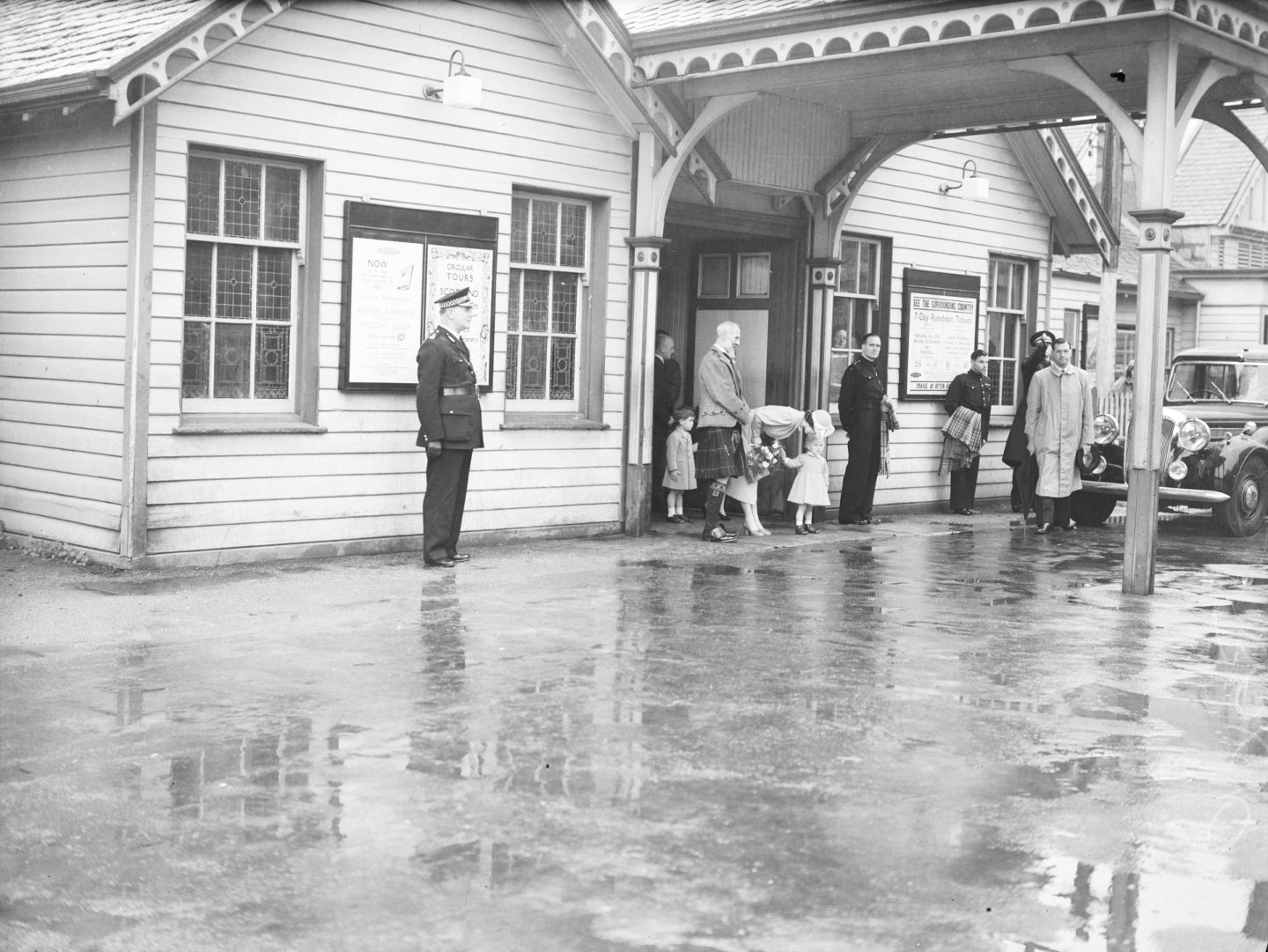
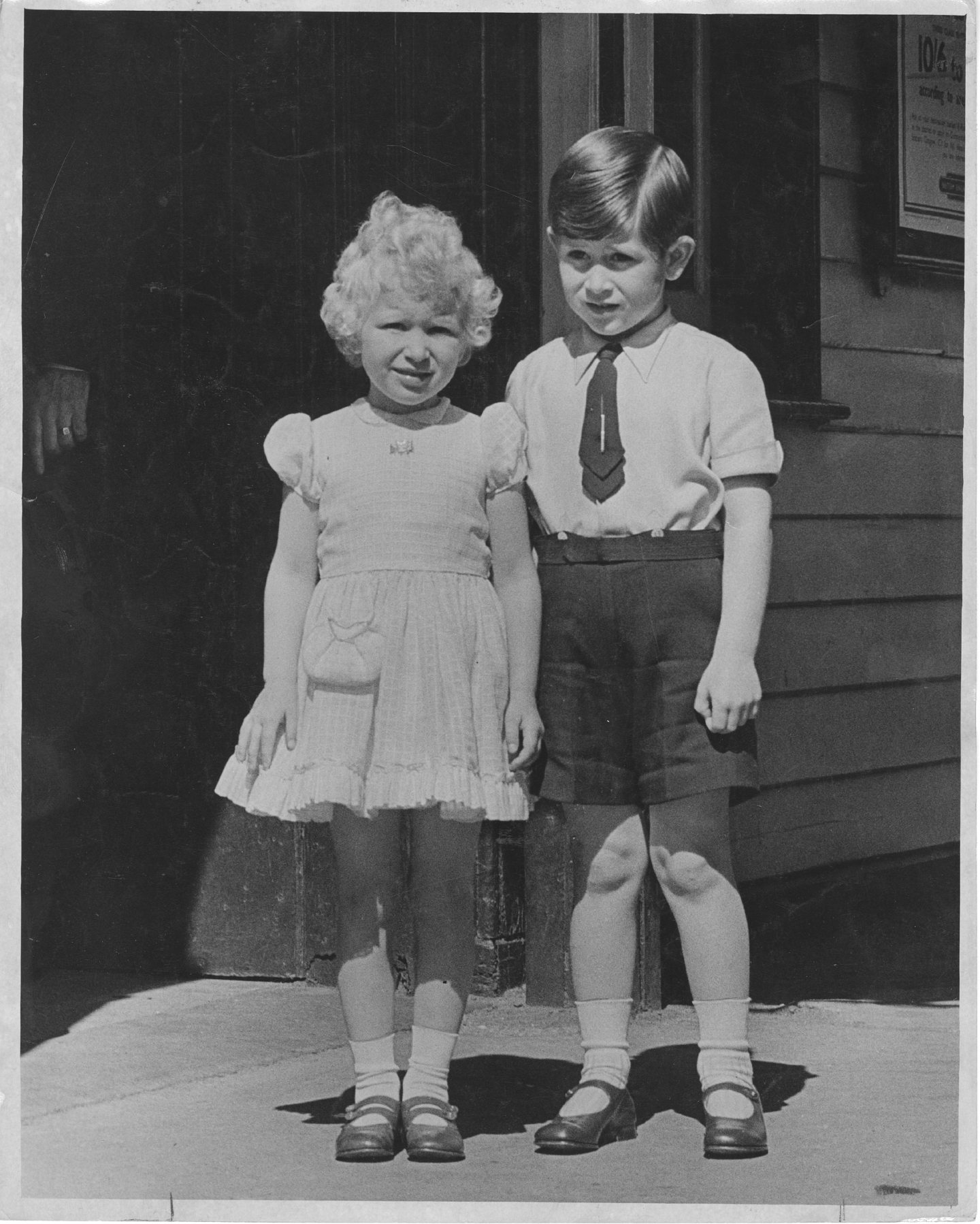
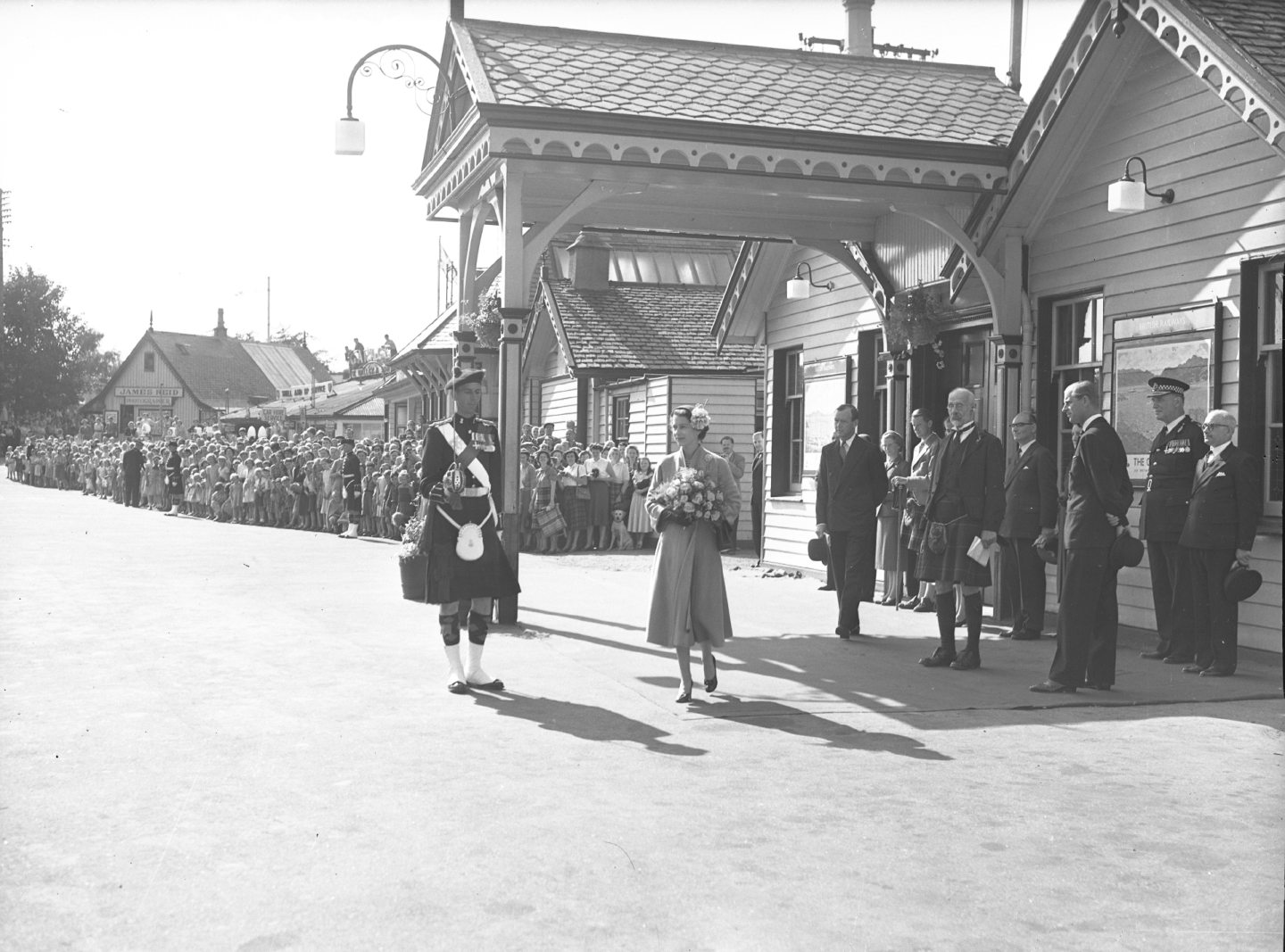
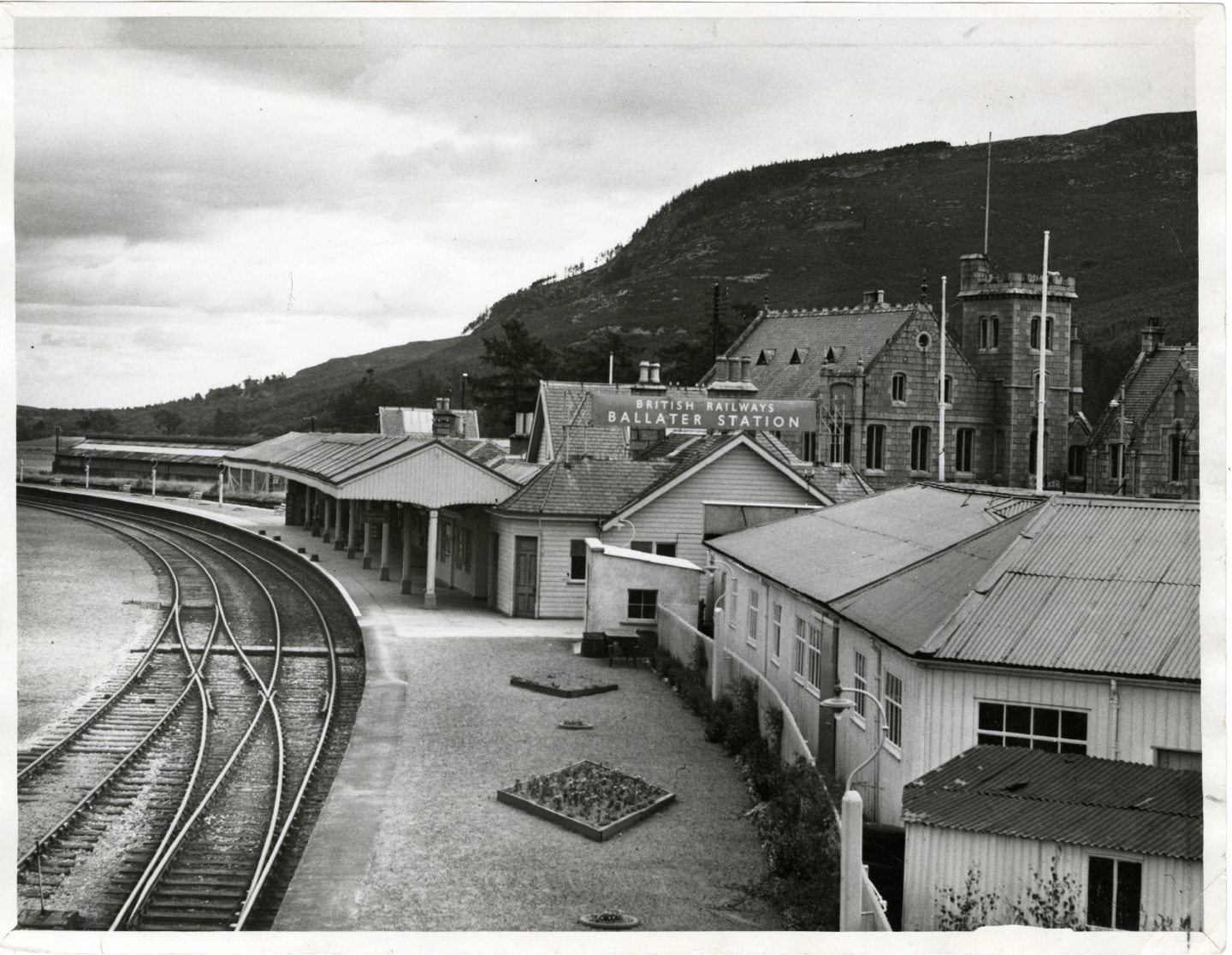
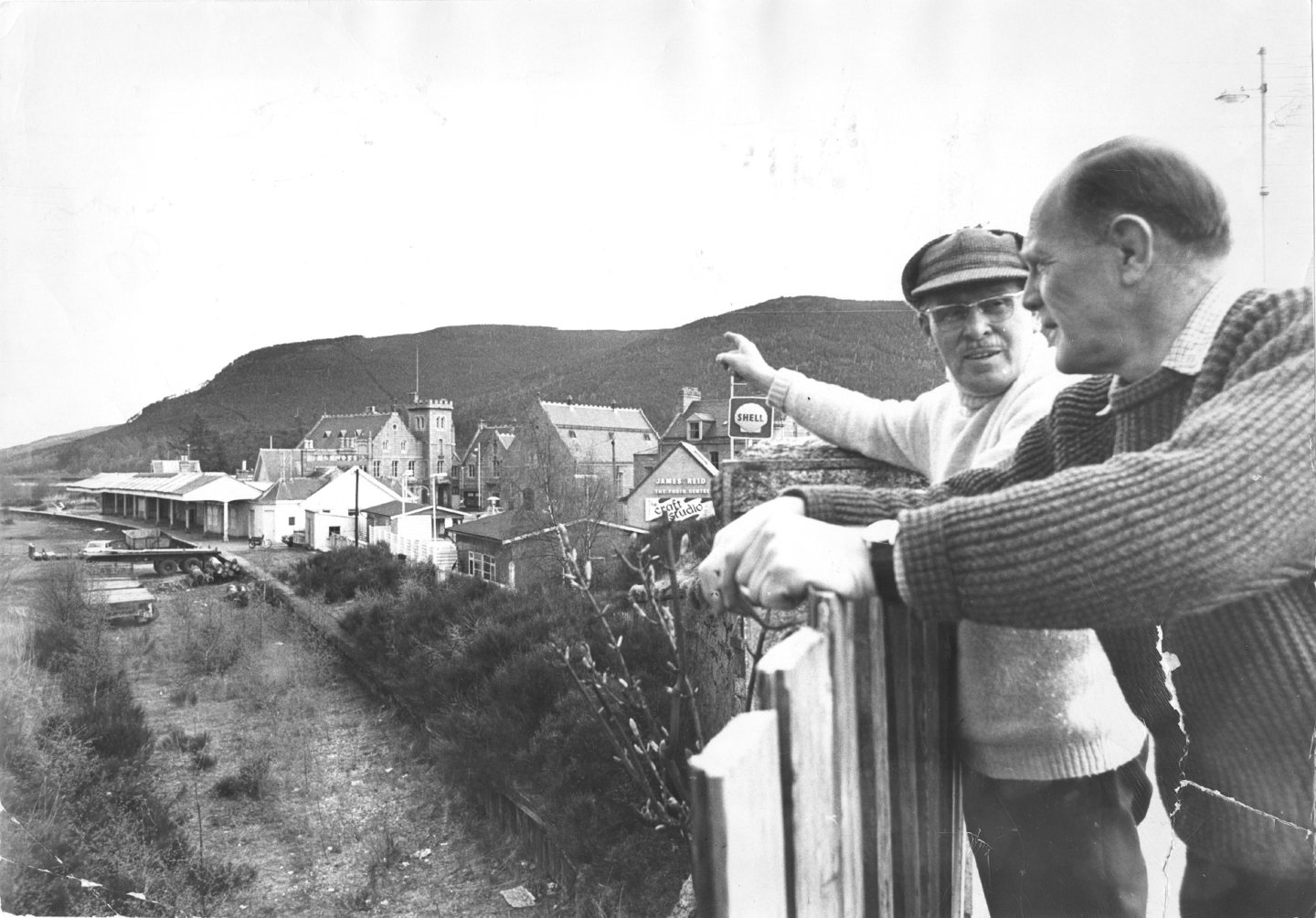
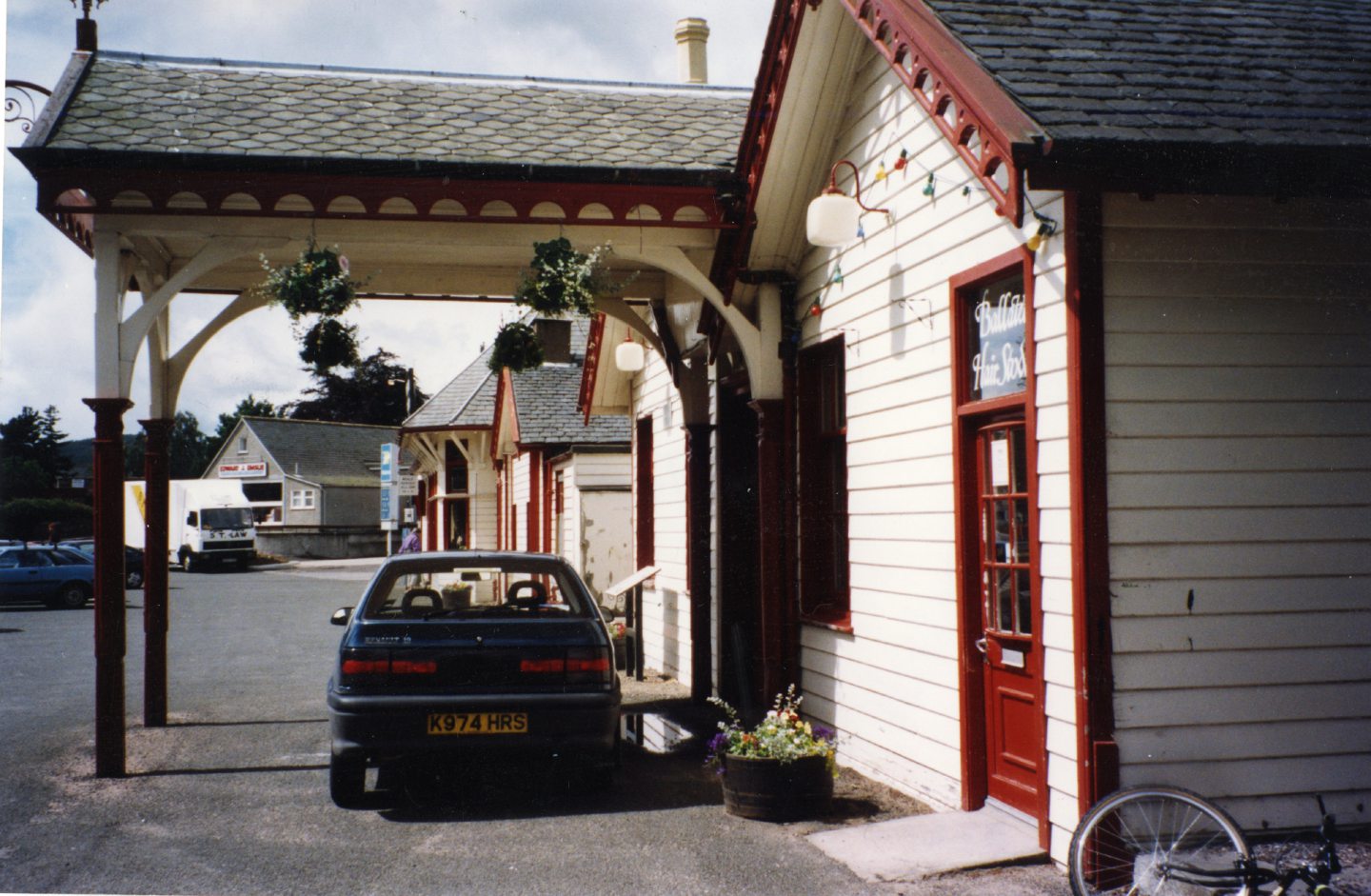
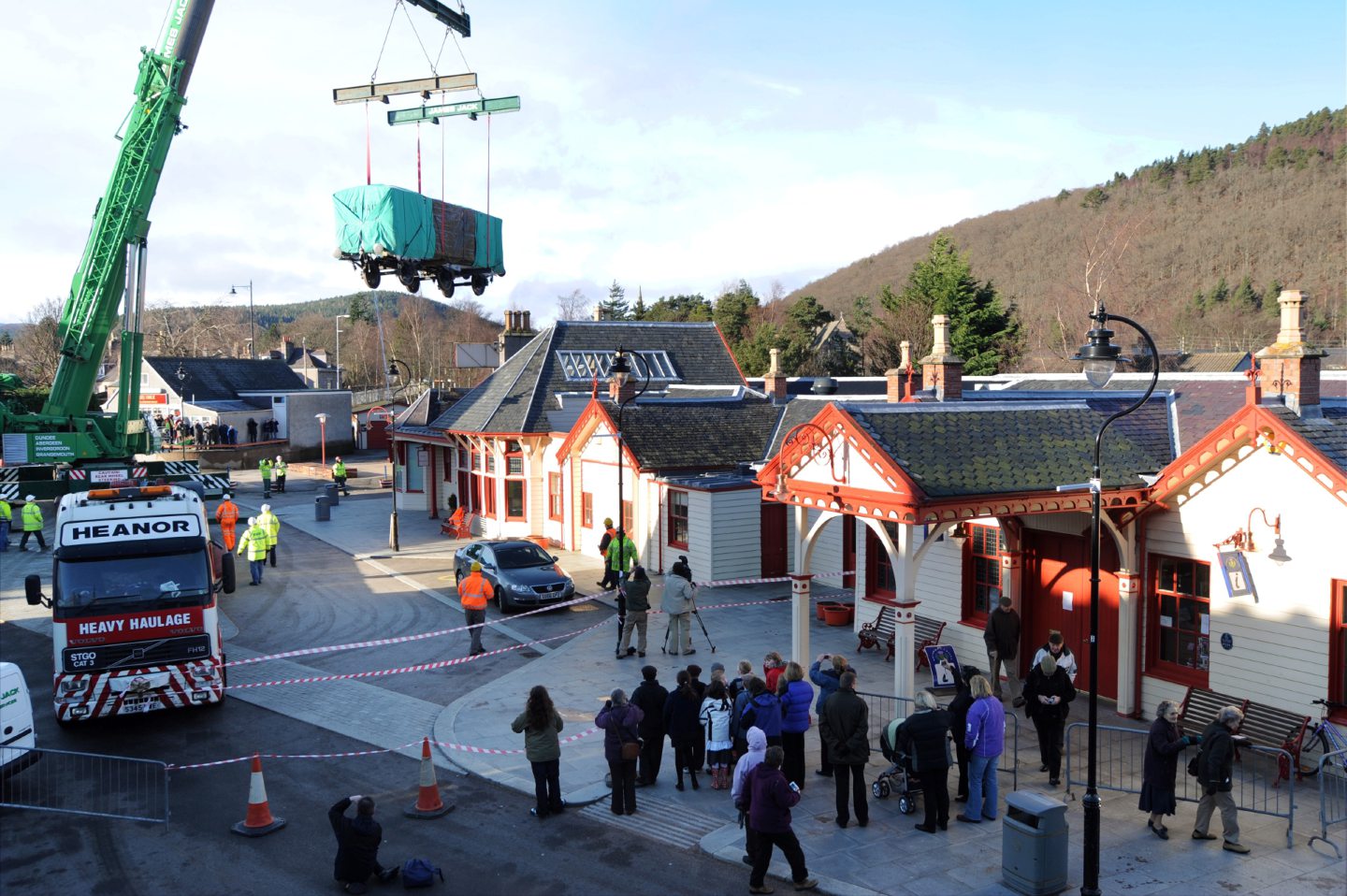
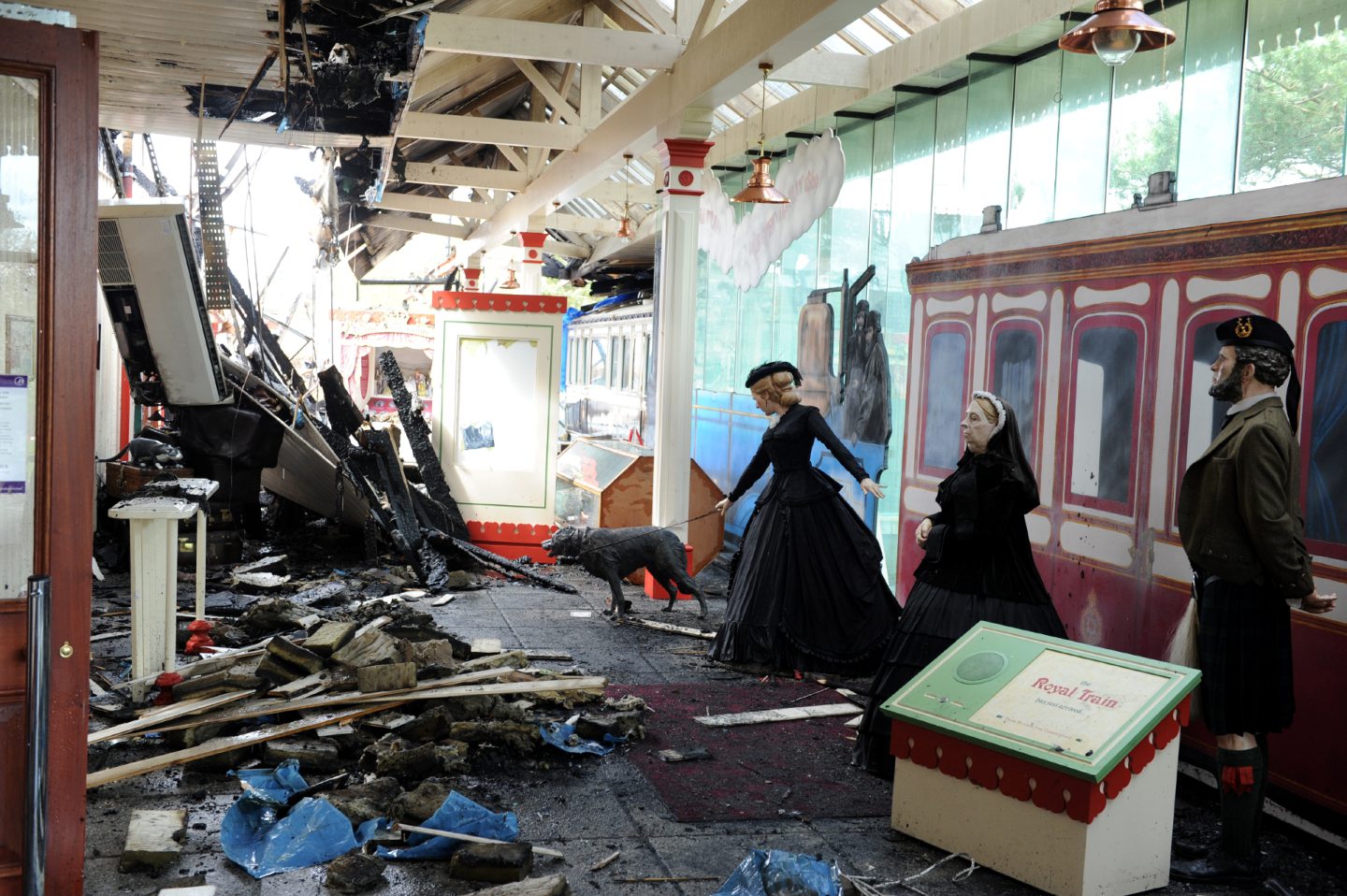
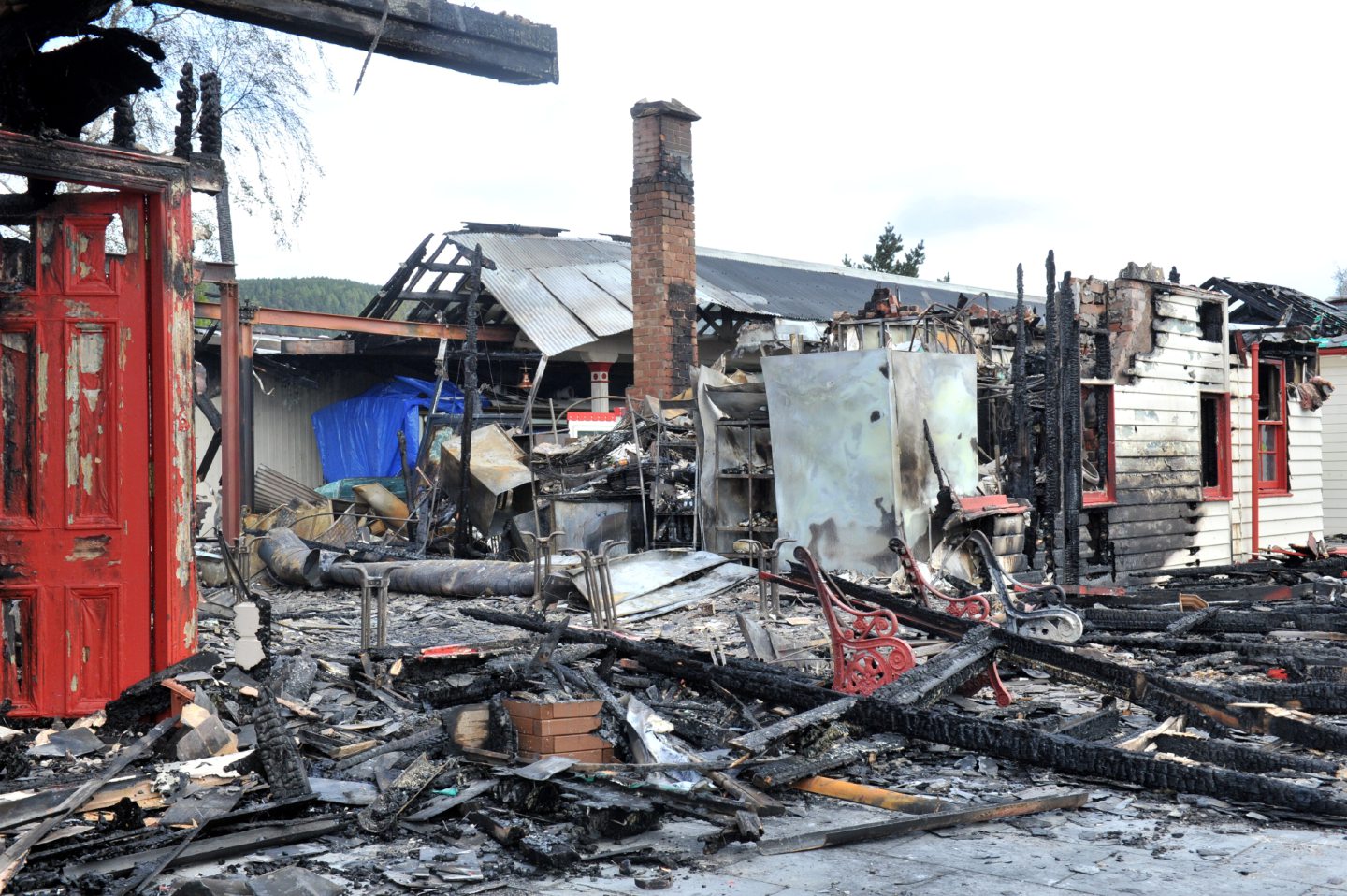
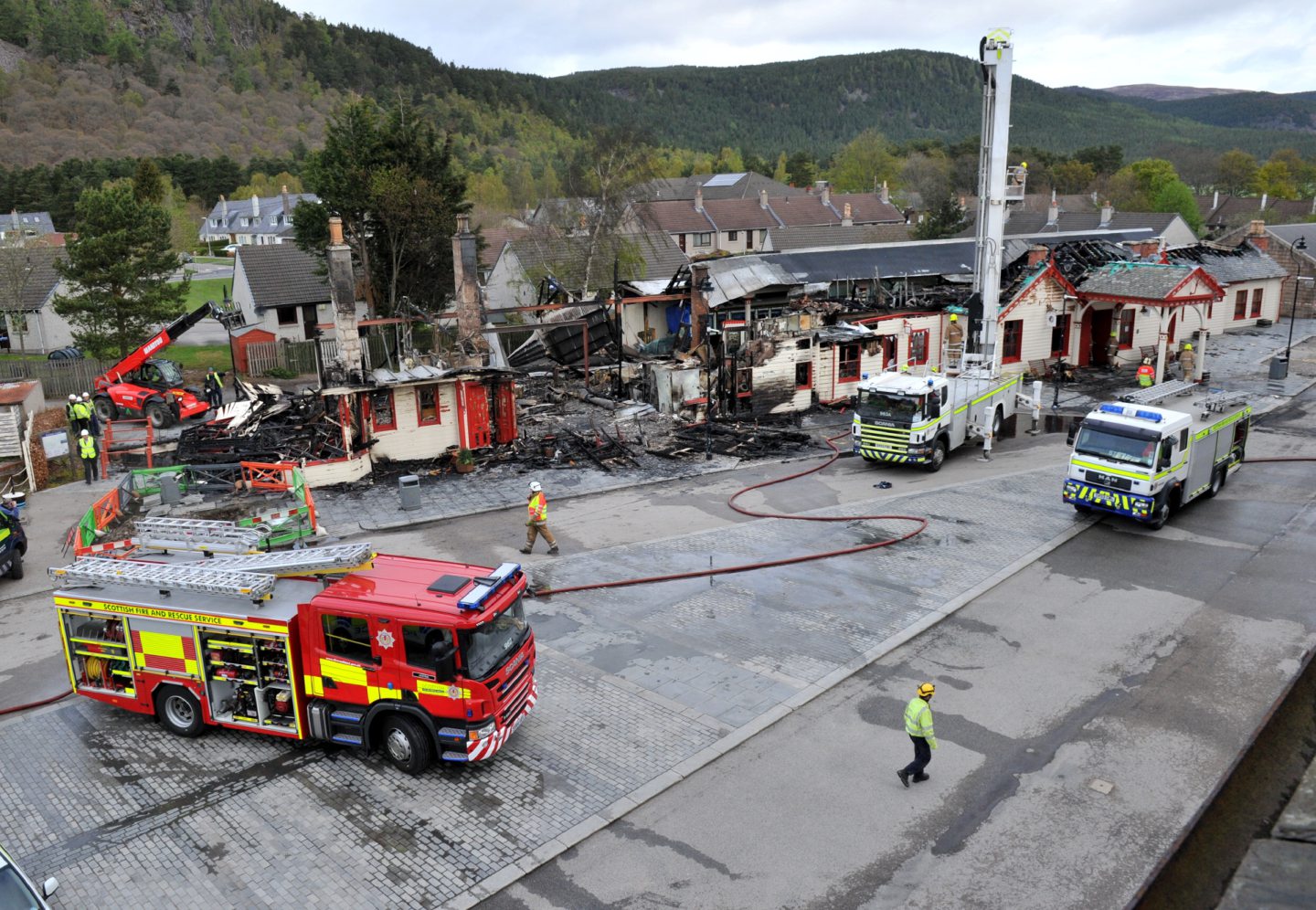
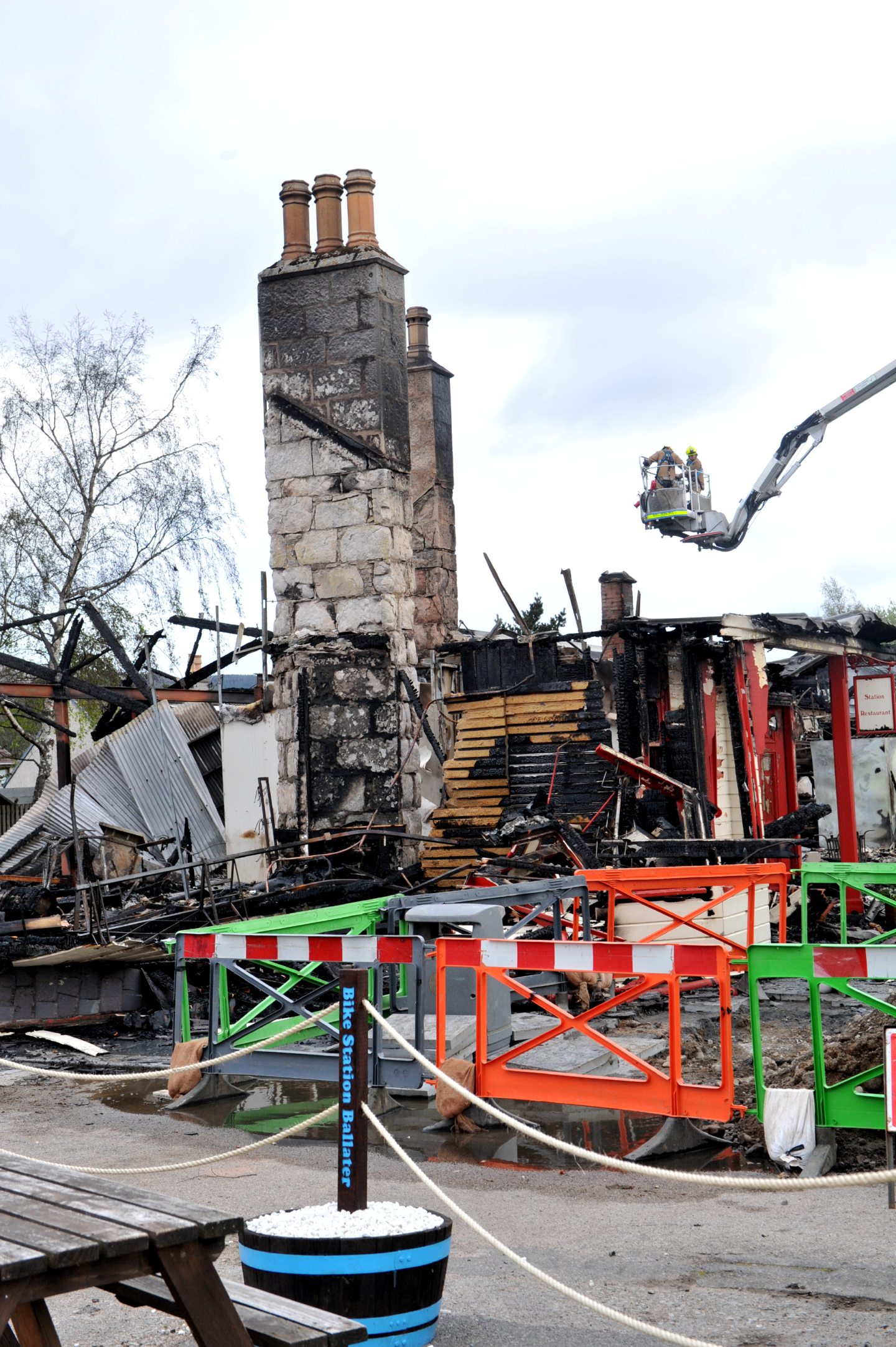
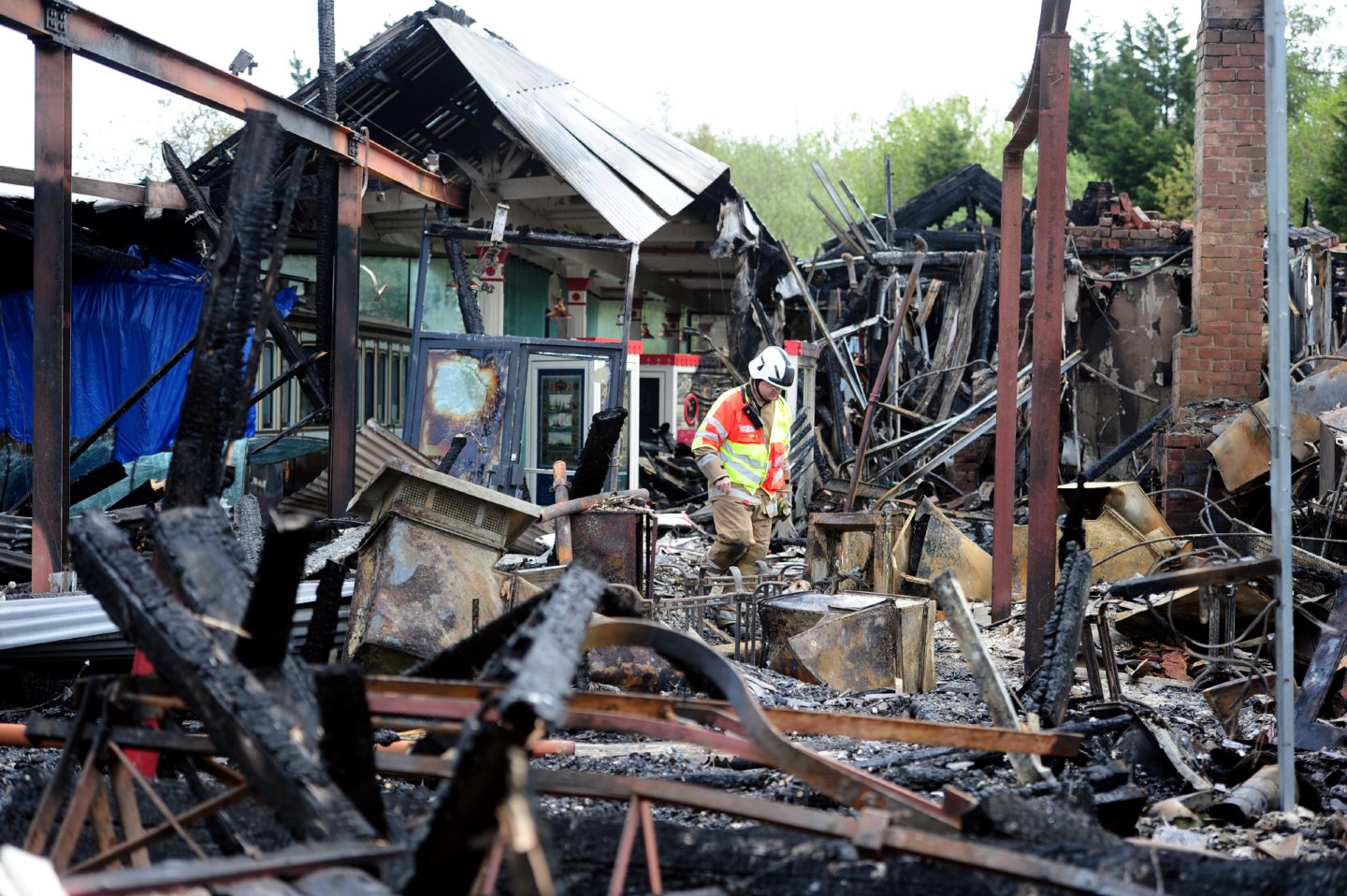
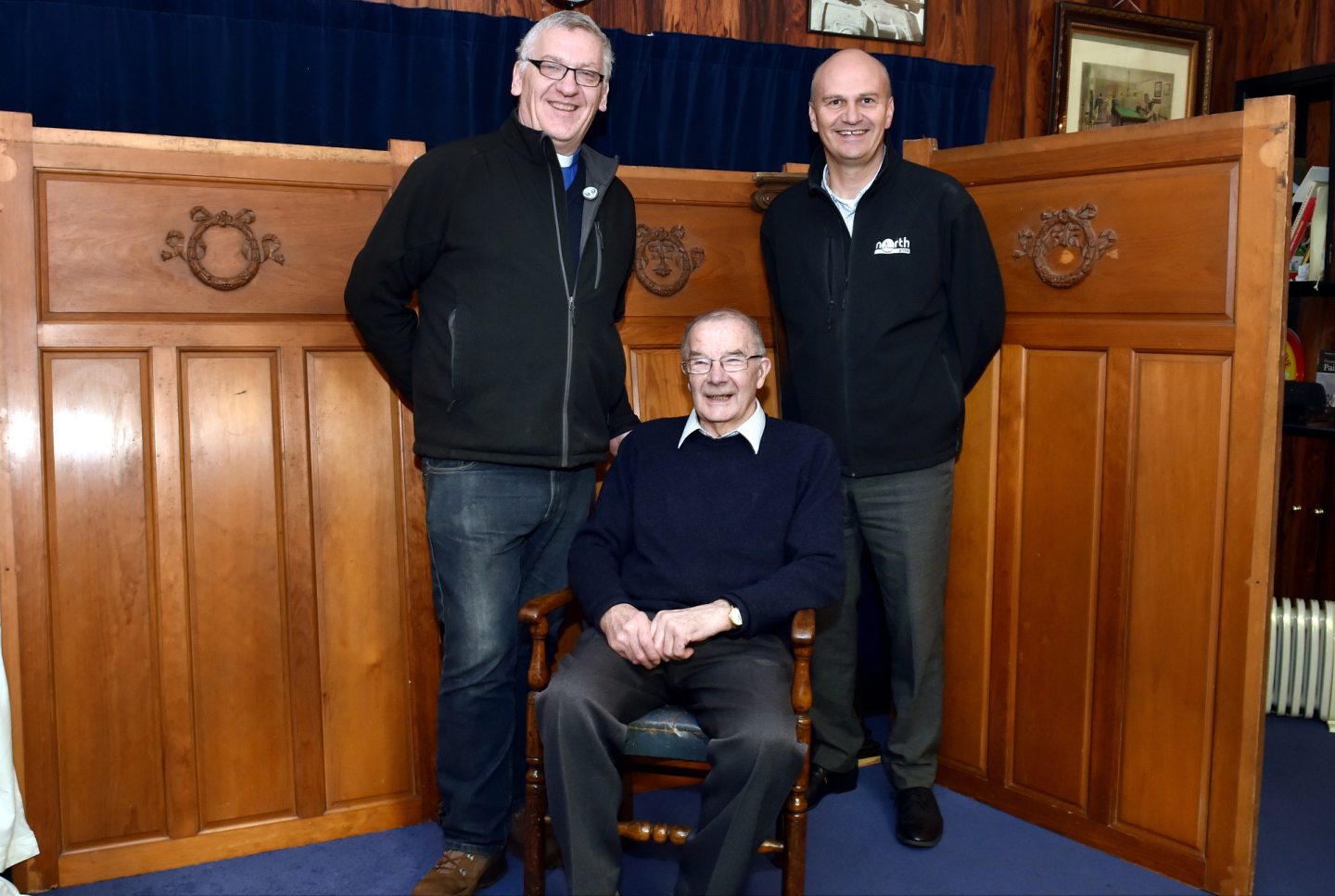
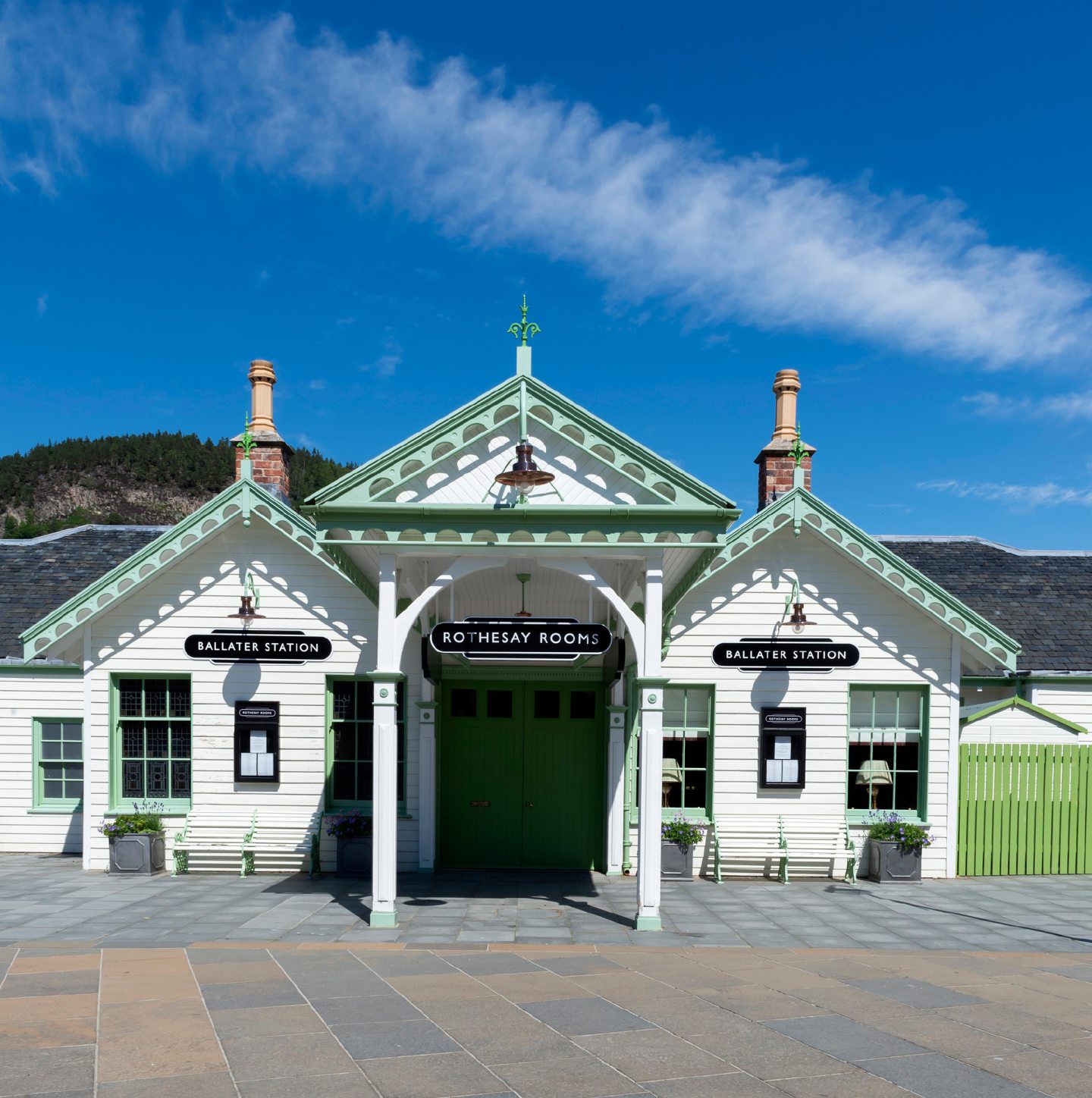
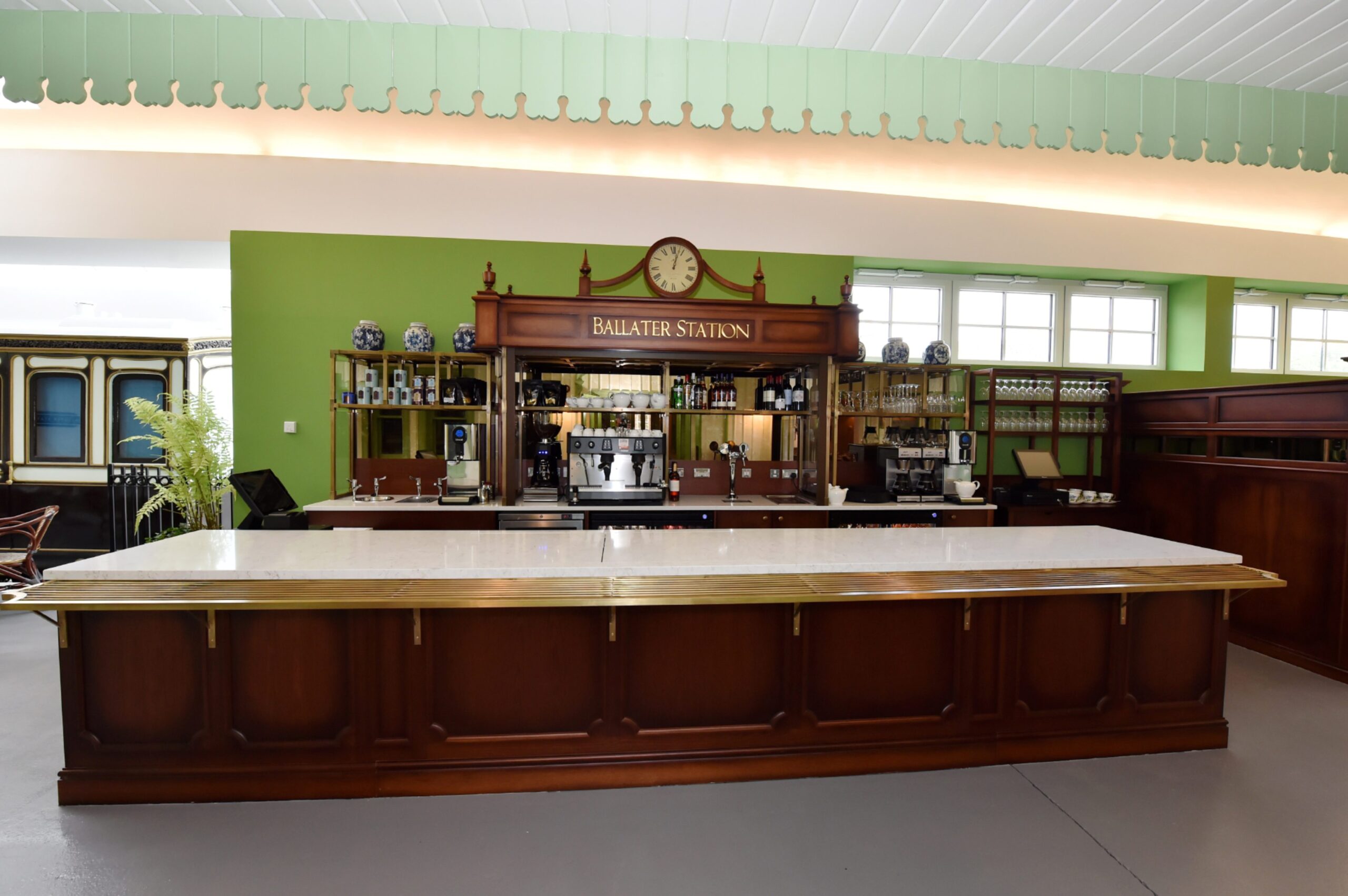
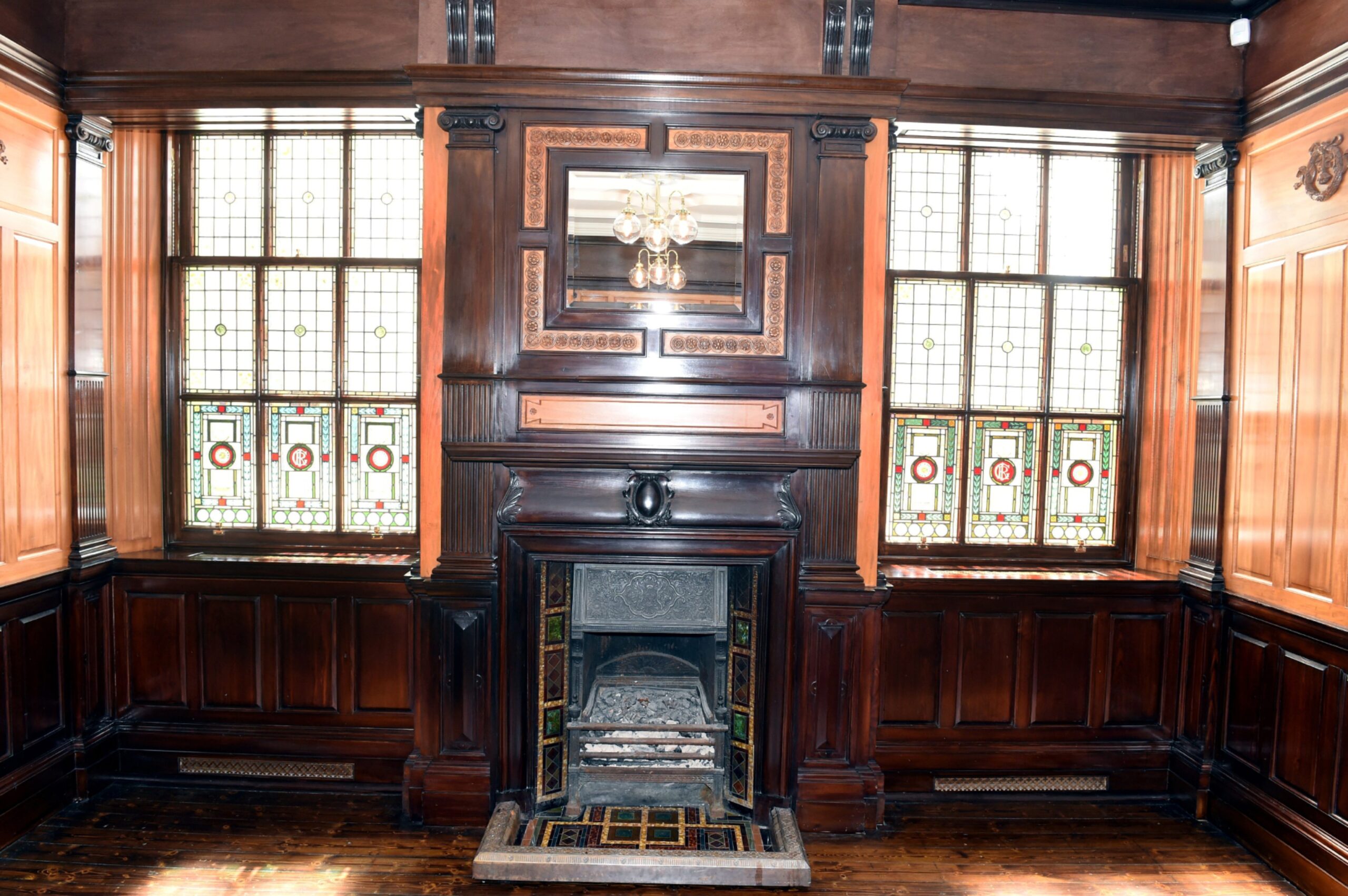
Conversation